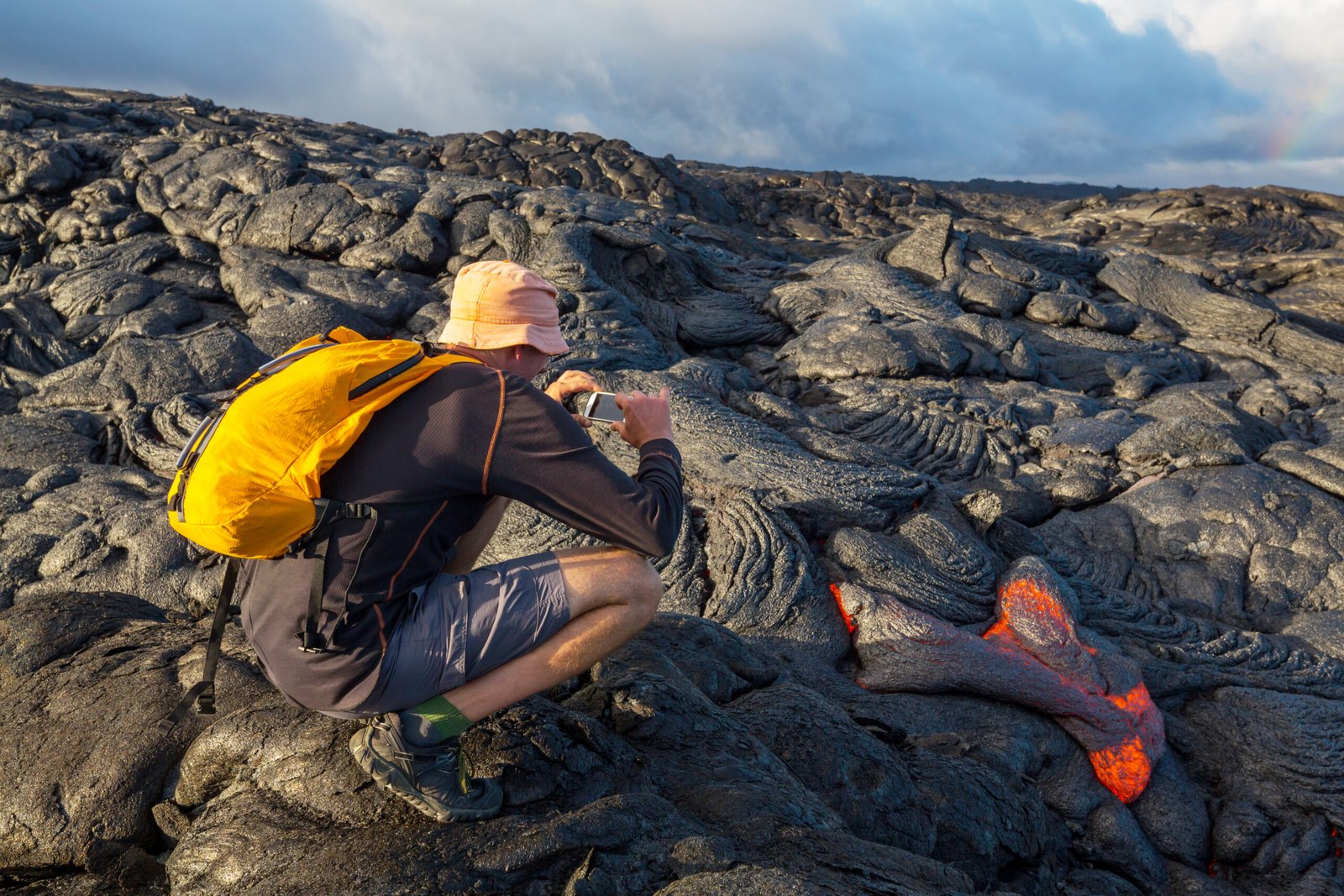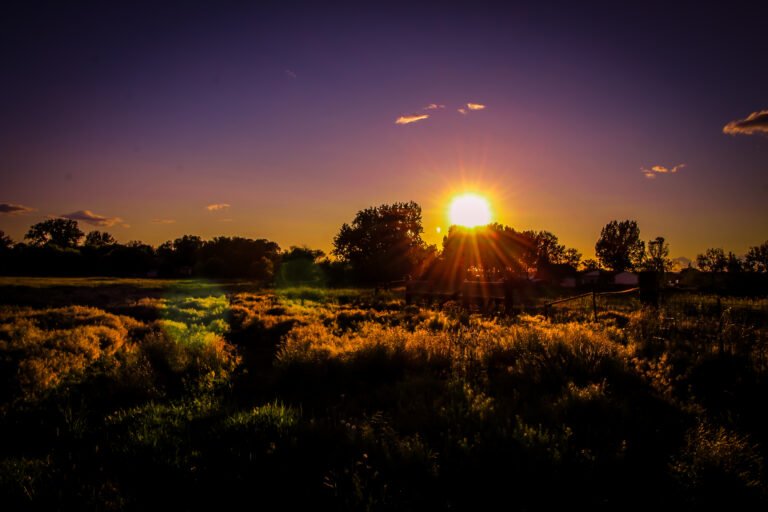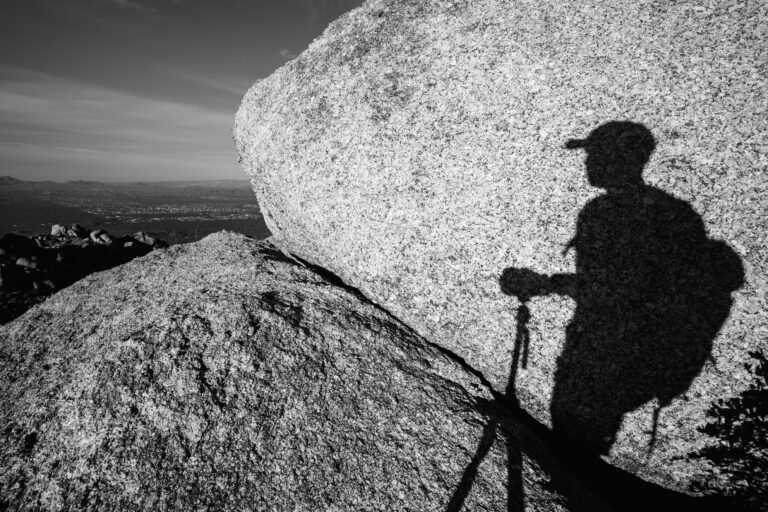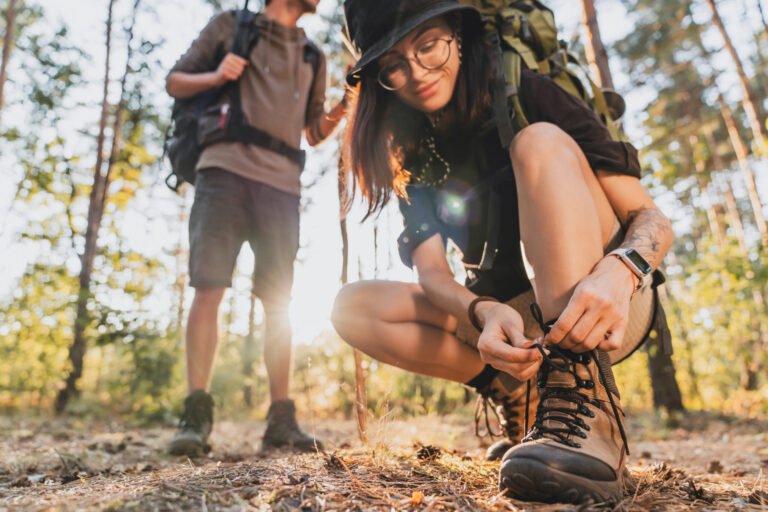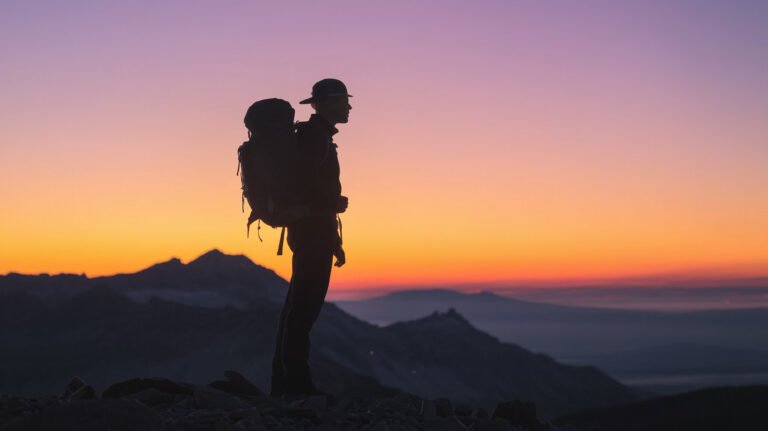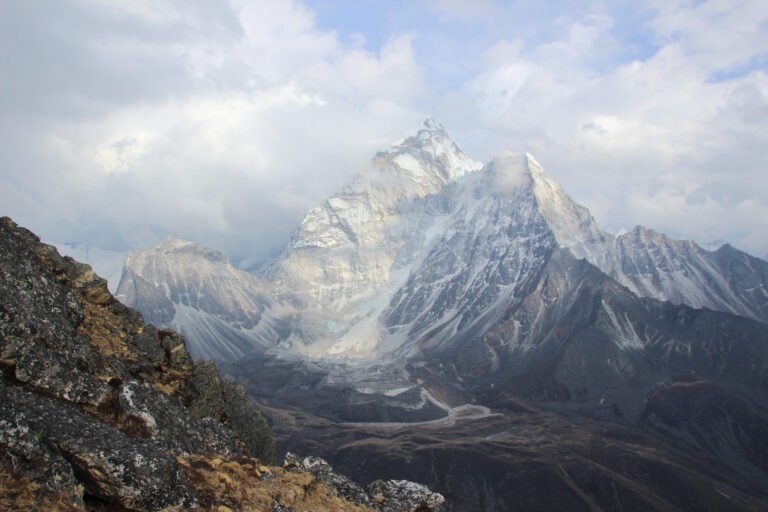Volcano Hiking: The Extreme Adventure Tourism Boom
Volcano Hiking: Explore the latest trends and top destinations. Find expert guides, tour packages, and adventure tips.
Adventure seekers are flocking to national parks and rugged landscapes for a new kind of thrill. Over 50% more travelers now explore volcanic terrains compared to 2020, driven by social media’s allure and safer guided tours. Let’s talk about volcano hiking. Yes, volcano hiking.
Destinations like Indonesia’s Mount Ijen showcase nature’s raw power. Its electric-blue flames and turquoise acid lake create an otherworldly experience. Modern safety measures have turned once-dangerous peaks, such as Ecuador’s Cotopaxi, into bucket-list spots.
Contrary to Hollywood’s fiery scenes, 92% of commercial treks use dormant or semi-active volcanoes. The Pacific Ring of Fire remains a hotspot for these expeditions, offering diverse landscapes and controlled risks.
This surge isn’t just about adrenaline—it’s a blend of science, history, and sheer awe. Whether it’s witnessing a rare eruption or trekking through ancient lava fields, the appeal is undeniable.
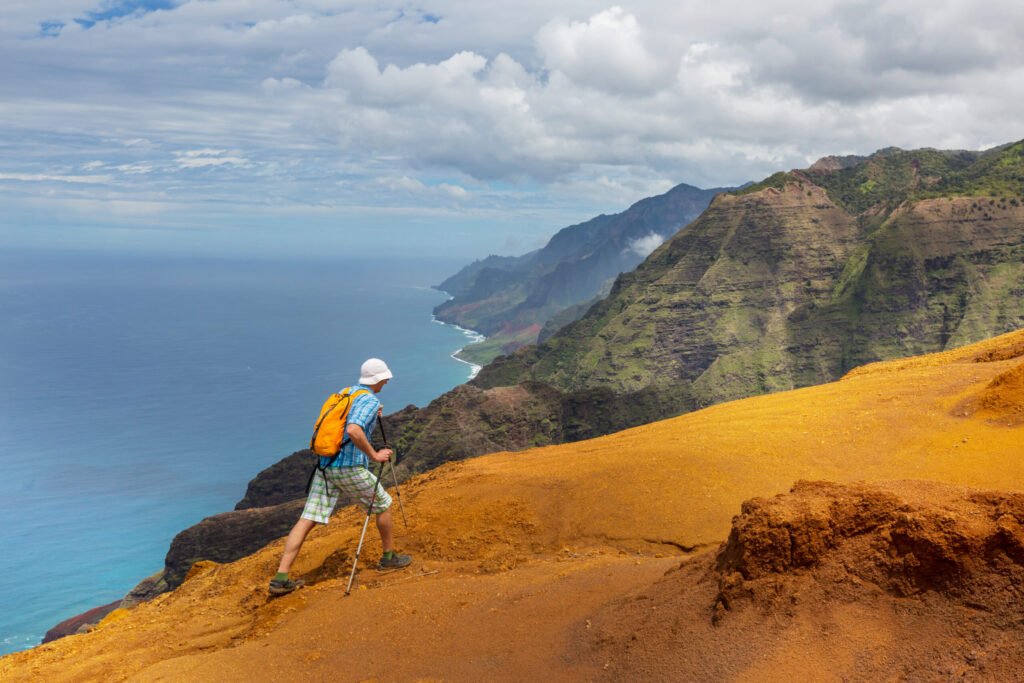
Why Volcano Hiking Is the Ultimate Adventure
Few adventures match the raw power and beauty of exploring volcanic landscapes. These terrains blend adrenaline with rare geological spectacles—like Stromboli’s nightly eruptions, lighting the sky like natural fireworks.
Chile’s Villarrica adds icy contrast, letting hikers sled down glacial slopes beside steaming craters. Meanwhile, Italy’s Mount Etna rumbles with subsonic vibrations, detectable through specialized gear—a visceral reminder of Earth’s hidden energy.
For extreme variants, Guatemala’s Fuego erupts 300+ times yearly. Neighboring Acatenango offers front-row views of its lava flows during night hikes, a surreal experience few forget.
A 2023 Adventure Journal study found cortisol levels drop 18% faster in volcanic environments than standard trails. The combination of otherworldly terrain and primal forces creates unmatched stress relief.
Terrain varies wildly too. Sharp lava (aa) demands careful footing, while smoother pahoehoe flows ease movement. At Hawaii’s Kīlauea summit, sipping rainwater filtered through volcanic rock caps the journey—a literal taste of the earth’s artistry.
Top Volcano Hiking Destinations Around the World
Global explorers seek Earth’s most dramatic landscapes, where fire meets ice and rock. These iconic peaks blend adrenaline-pumping climbs with rare geological wonders. Below are three must-visit sites for an unforgettable journey.
Mount Etna, Italy: Europe’s Fiery Giant
Mount Etna’s rumbling vibrations greet hikers before they reach its summit. Europe’s tallest active peak offers ascent routes through ancient lava fields and pine forests. Night treks reveal Strombolian eruptions—nature’s fireworks lighting the Sicilian sky.
Specialized gear lets visitors “hear” the mountain’s subsonic pulses. Etna’s slopes also produce world-renowned wines, thanks to mineral-rich volcanic soil.
Kīlauea, Hawaii: The Ever-Changing Landscape
Kīlauea’s lava flows reshape the terrain yearly, creating new trails and hazards. The Halemaʻumaʻu Crater glows at night, casting an eerie orange hue over the landscape.
Hikers can walk through Thurston Lava Tube, a tunnel formed by ancient molten rock. Rainwater filtered through volcanic rock here tastes distinctly mineral-rich.
Cotopaxi, Ecuador: A High-Altitude Challenge
At 5,897m, Cotopaxi’s snowy summit demands respect. Climbers face thin air and a mandatory two-day ascent for acclimatization. Since 2022, oxygen systems are required above 5,200m.
The 2015 eruption closed trails temporarily, but today’s routes showcase Andean glaciers and Quito’s skyline—partially built with volcanic ash from Cotopaxi’s 1744 blast.
| Destination | Elevation | Climb Duration | Unique Feature |
|---|---|---|---|
| Mount Etna | 3,357m | 6-8 hours | Night eruptions |
| Kīlauea | 1,247m | 3-5 hours | Active lava flows |
| Cotopaxi | 5,897m | 2 days | Glacial summit |
Volcano Hiking in the United States: Must-Visit Spots
The U.S. boasts some of the world’s most accessible volcanic wonders. These destinations blend adventure with surreal geology, from neon-lit craters to hidden underground tunnels. Here are three top picks for explorers craving fiery landscapes closer to home.
Hawai’i Volcanoes National Park: A Geothermal Wonderland
Walk across freshly hardened lava at one of Earth’s most active sites. Kīlauea’s Halemaʻumaʻu Crater glows after dark, while steam vents hiss through rainforest trails. The park’s volcanic landscape shifts yearly, offering new routes for repeat visitors.
Don’t miss the Thurston Lava Tube—a 500-year-old tunnel lined with dripping mineral formations. Ranger-led hikes reveal how native plants thrive in mineral-rich soil.
Mount Rainier, Washington: Ancient Lava Flows and Old Growth Forests
This 14,410-foot giant hides 5,000-year-old lava beds beneath its snowy peak. The Wonderland Trail winds through meadows dotted with wildflowers and ancient cedars. Summer hikes showcase waterfalls fed by glacial melt.
For a challenge, climb to Camp Muir at 10,000 feet. On clear days, the summit offers views stretching to Oregon.
Craters of the Moon, Idaho: Exploring Lava Tubes
This Martian-like reserve has seven lava tubes formed 2,100 years ago. The 1.6-mile Caves Trail leads to Boy Scout Cave, where whispers echo for seven seconds in its “Echo Chamber.” Permits are required to protect the fragile formations.
- NASA link: Astronauts trained here in 1969 to prepare for lunar geology studies.
- Hidden gem: Indian Tunnel’s collapsed ceiling creates a natural skylight.
Essential Gear for Volcano Hiking
Preparing for volcanic terrain demands more than standard hiking gear. The right equipment ensures safety amid unpredictable conditions like toxic gases and razor-sharp lava rock.
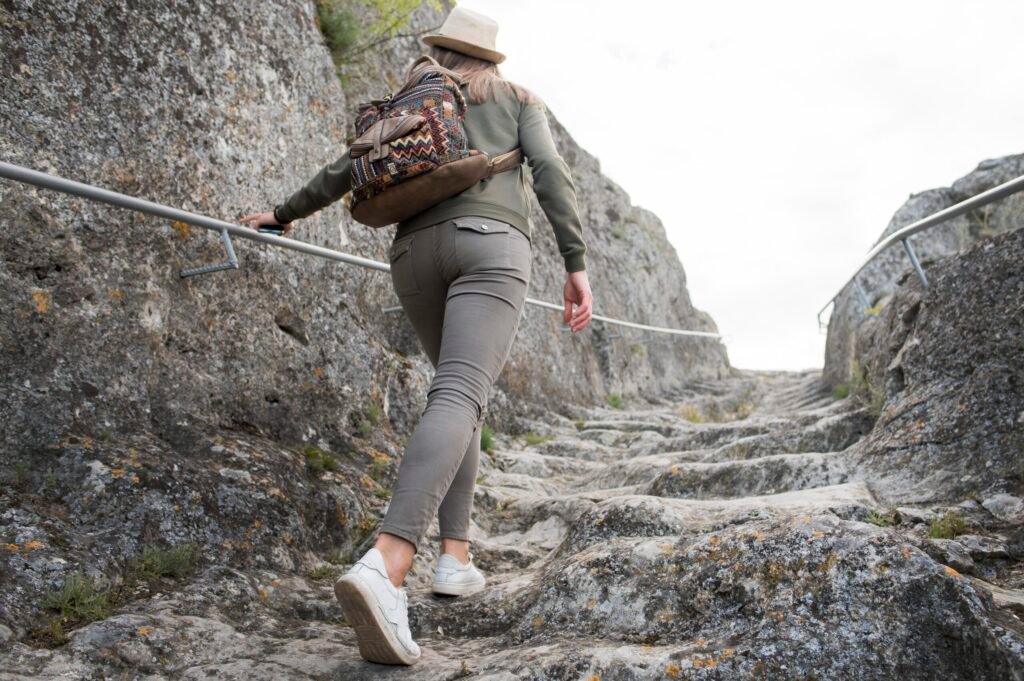
Footwear is critical. 3M’s VolcanoTread™ boots feature sulfur-resistant coatings, protecting against acidic soil. Pair them with crampons for icy summits like Pico or loose ash slopes.
For respiratory safety, gas masks are non-negotiable on active peaks. Villarrica’s guides mandate them due to frequent sulfur dioxide plumes.
- Navigation: GPS outperforms compasses near magnetic fields. Apps like VAAC provide real-time ashfall alerts.
- Clothing: Merino wool blends resist acid damage better than synthetics. Add heat-resistant gloves for steam vents.
- Extras: Portable oxygen for high-altitude treks and a durable headlamp for pre-dawn ascents.
Hikers traversing these landscapes must balance mobility and protection. Every piece of gear should serve a purpose—because volcanic terrain forgives no mistakes.
Safety Tips for Hiking Active Volcanoes
Exploring active volcanoes requires smart planning and strict safety measures. Unlike traditional trails, these terrains demand specialized gear and real-time hazard awareness.
Indonesia’s Mount Rinjani exemplifies urgency—its 15-minute evacuation windows leave no room for error. Always check sulfur dioxide (SO₂) detector thresholds before ascending.
“94% of incidents involve unguided hikers, per the Global Volcanism Program.”
Critical precautions for volcanic expeditions:
- Expert guides: Non-negotiable for route navigation and gas monitoring.
- Medical kits: Intravenous rehydration saves lives at Cotopaxi’s altitude.
- Satellite communicators: Iridium devices outperform Garmin inReach near magnetic fields.
| Gear | Purpose | Example |
|---|---|---|
| SO₂ Detector | Alerts toxic gas levels | Aeroqual Series 500 |
| Heat-Resistant Suit | Protects against steam vents | Nomex® IIIA |
| Emergency Oxygen | High-altitude support | Boost Oxygen 95% |
Monitor eruptions via VAAC alerts, and never ignore ground tremors. Volcanic terrain rewards preparation—but punishes recklessness.
Planning Your Volcano Hiking Adventure
Strategic planning separates dreamers from achievers in extreme terrain expeditions. Iconic trails like Japan’s Mount Fuji only open July–September, while Washington’s Mount Rainier requires a lottery entry six months ahead.
Permits aren’t just bureaucratic hurdles—they’re lifelines. New Zealand’s Tongariro Alpine Crossing mandates Maori consultation, honoring indigenous land rights. Overcrowding fines now exceed $500 in Hawaii Volcanoes National Park.
Budget wisely. Guided climbs average $2,100 for Mount Etna but soar to $4,800 for Chile’s Villarrica due to specialized ice gear. These costs often include:
- Acclimatization days for high-altitude ascents
- SO₂ detectors and emergency oxygen rentals
- Cultural fees for sacred summits
Weather dictates success. El Niño years ease Andean climbs with drier seasons, while La Niña’s snow stalls Cotopaxi attempts. Always cross-check regional forecasts with VAAC ash advisories.
“84% of summit failures trace to poor itinerary design, not fitness,” notes Alpine Logistics International’s 2024 report.
Pack for microclimates. Ecuador’s Avenue of Volcanoes swings from 80°F valleys to -20°F summits. Layer with merino wool—synthetics melt near fumaroles.
Ready to Conquer the Next Peak?
83% of adventurers return to volcanic peaks—proof of their magnetic pull. These rugged landscapes offer more than thrills; they deliver a profound *experience* that keeps explorers coming back.
For safe ascents, book with UIAGM/IFMGA-certified guides. They know how to navigate toxic gases and shifting terrain. World Nomads’ new Magma Coverage also protects against eruption delays.
Ready for your turn? Whether it’s your first climb or fifth, each summit reveals Earth’s raw power—and your own resilience.
For more great articles, go here.

